
The Basset Hound is believed to have developed from a “curiosity” in the sixteenth century. Apparently a mutation developed in the litters of stag hounds in France in which puppies were born with short legs. (The French word “baset” means “low-set”. ) These mutated puppies were bred together and the short, long bodied Basset Hound was born. The breed was introduced into Great Britain in the late 1800s and immediately became a favorite of Queen Alexandra’s court. By 1886 there were more than 100 Bassets entered at a London Dog Show. In 1892 Sir Everett Millais, considered to be one of the main “founding fathers” of the breed in Britain, introduced the Bloodhound into the breeding, in part to guarantee against the inherent dangers which can be present in a small gene pool.
The Baset Hound remained popular in Great Britain for many years and was used regularly in packs of hounds which hunted hare. However world War I took its toll and the dogs became scarce. In 1921 the official Basset Hound Club closed its doors for lack of membership. The breed nearly became extinct but a small group of devotees managed to continue the lines and the Basset Hound club was re-established by 1954. The numbers represented today in the American Kennel Club demonstrate that now the Baset Hound enjoys a large popular following in the United States. Much of this popularity is no doubt due to the use of the Basset as a “poster dog” for the “Hush Puppy” shoe advertising campaign.
The Basset Hound is a long and low to the ground breed, with a heavy boned and quite solid appearance. His chest is deep and broad, nearly touching the ground. His long ears and deep muzzle resemble in some respects the head of the Bloodhound and he is well known for having very nearly the same abilities of scent that the Bloodhound does. He has a short dense coat which is easily kept and can be of any recognized hound coloration. His front legs are definitely bowed or crooked and he is quite short, his legs being often less than one third of his total height at the shoulder. He may have a tendency to back problems and this should be watched. Also this is a breed that will easily become obese if not kept well exercised and fed a proper diet.
The Basset Hound is first and foremost a scent hound and performs this function very well, having a large nasal capacity and long ears which serve to sweep the scent into his nostrils as he moves. Because of his hound instincts, he is not necessarily an easy dog to train, for often his nose will distract him from other activities his owner may wish him to perform. He is generally placid, but stubborn-ness is one of his traits also. Like many dogs of the hound persuasion, he has a melodious baying tone when he vocalizes. He is a dog that should be trained early to come when called, as he can easily get carried away and follow his nose to wherever it takes him.
Michael Russell
Your Independent guide to Dogs
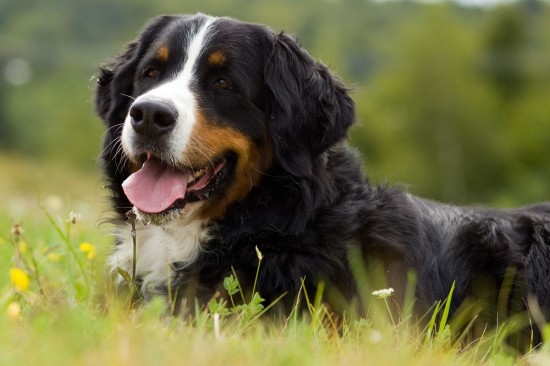 Canine Distemper - All About Distemper In Dogs
Canine Distemper
Canine Distemper - All About Distemper In Dogs
Canine Distemper
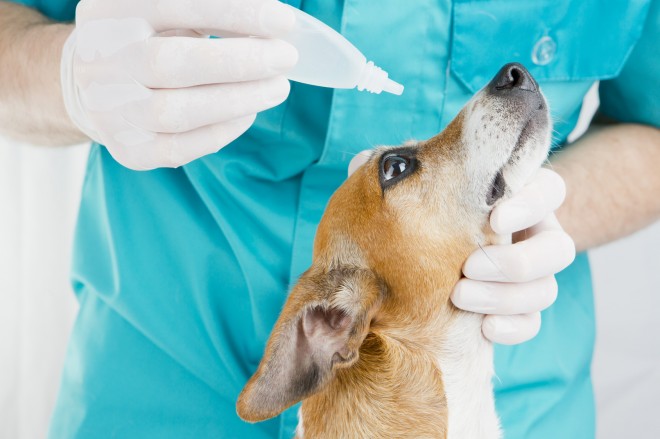 Recurrent Conjunctivitis In Dogs, And How To Prevent It
Recurrent Conjunc
Recurrent Conjunctivitis In Dogs, And How To Prevent It
Recurrent Conjunc
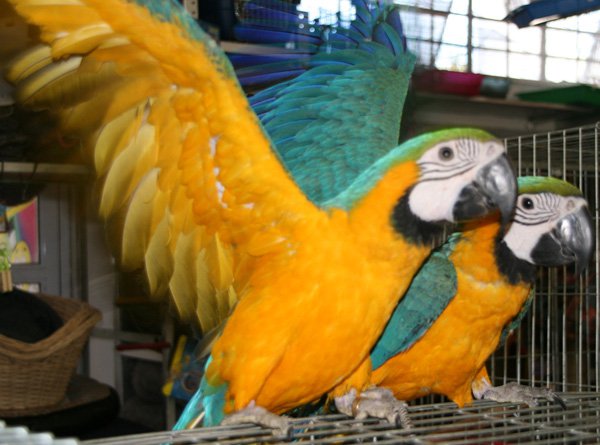 Addiction Pet Food And Its Storage Options
Addiction Pet Food And Its Storage Options
Raw
Addiction Pet Food And Its Storage Options
Addiction Pet Food And Its Storage Options
Raw
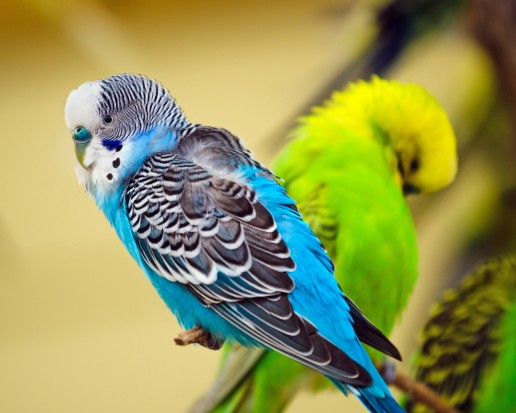 Budgerigar Colour Genetics
Budgerigar Colour
Budgerigar Colour Genetics
Budgerigar Colour
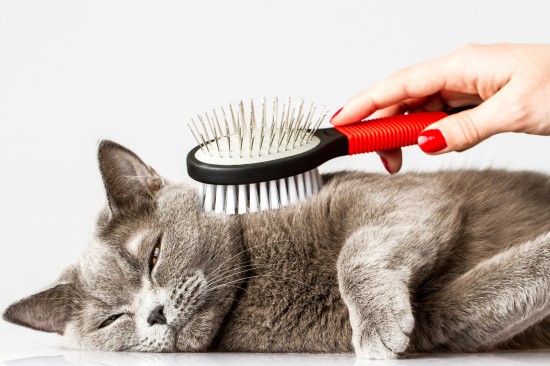 How To Keep On Top Of A Cats Shedding
How To Keep On To
How To Keep On Top Of A Cats Shedding
How To Keep On To
Copyright © 2005-2016 Pet Information All Rights Reserved
Contact us: www162date@outlook.com